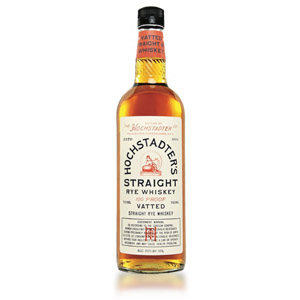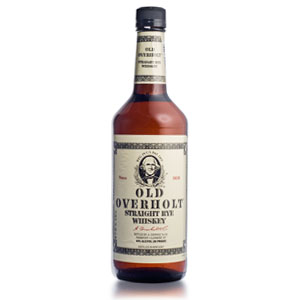Hochstadter’s Rye
Cooper Spirits company sourced straight rye whiskies aged between 4 and 15 years from five different North American distilleries, located in Kentucky, Pennsylvania, Indiana, and Alberta Canada. Then, they did what the Scots have been doing successfully for ages, and vatted them together. … The vats are maintained at the company’s Philadelphia, Pennsylvania headquarters until the components marry and then bottled at a hearty 100 proof (50% ABV) without chill-filtration.










